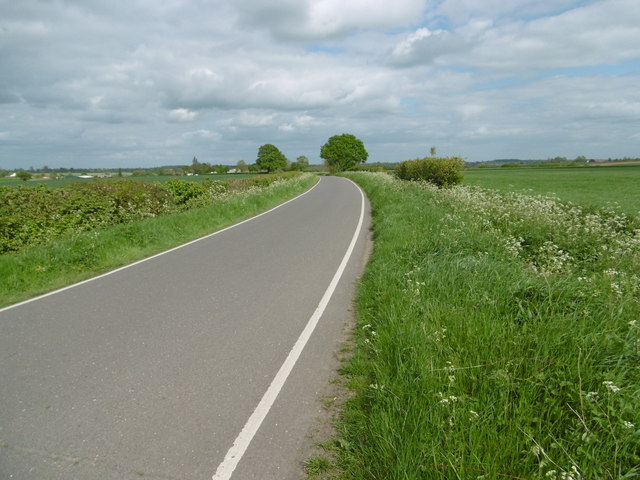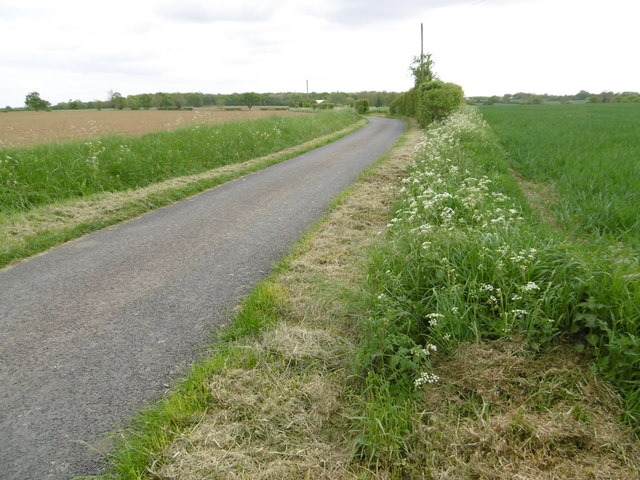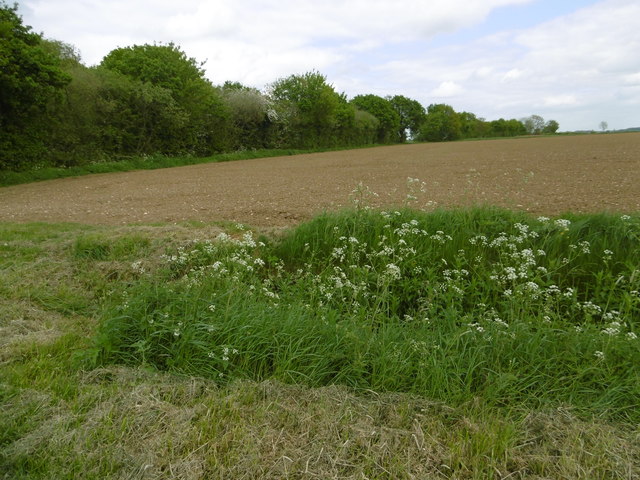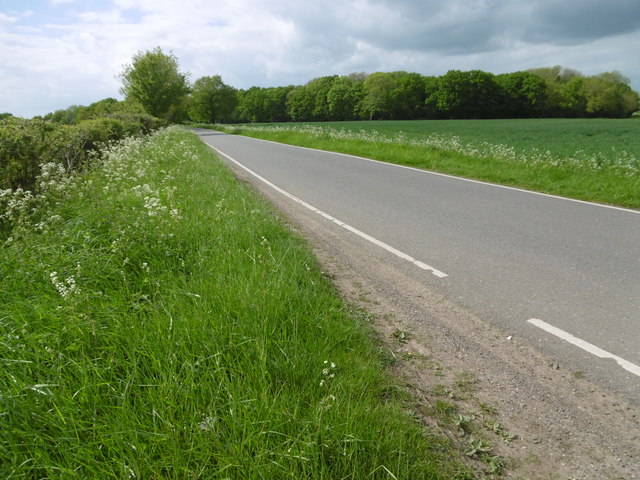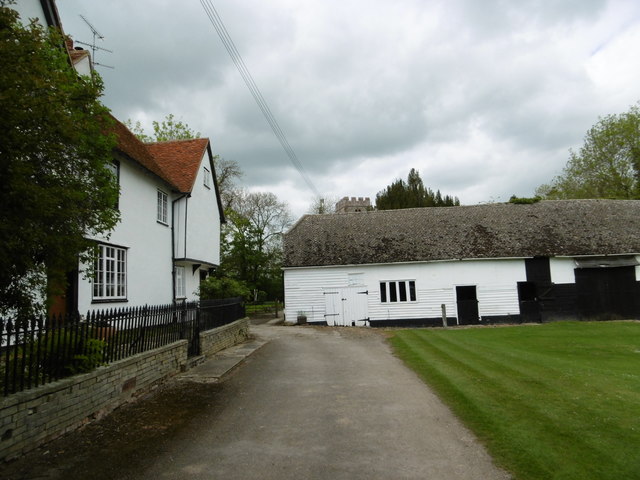Lindsell
Civil Parish in Essex Uttlesford
England
Lindsell
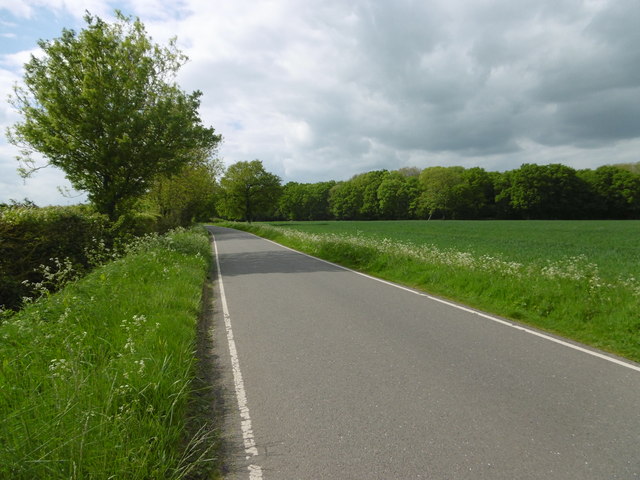
Lindsell is a civil parish located in the Uttlesford district of Essex, England. Situated approximately 5 miles west of the market town of Great Dunmow, Lindsell covers an area of around 9 square kilometers. The parish is predominantly rural, characterized by open fields and farmland, with a scattered population living in a small number of residential properties.
The village of Lindsell itself is small and charming, with a population of around 200 residents. It is known for its picturesque countryside, offering beautiful views and tranquil surroundings. The village is centered around St. Mary's Church, a historic building dating back to the 12th century. The church is a prominent feature of Lindsell and serves as a gathering place for the local community.
Despite its small size, Lindsell has a vibrant community spirit, with various social and recreational activities taking place throughout the year. The village hosts an annual summer fete, attracting residents and visitors alike. Additionally, there are several footpaths and bridleways in the parish, providing opportunities for outdoor activities such as walking, cycling, and horse riding.
Lindsell is well-connected to nearby towns and cities. The A120 road runs to the north of the parish, providing convenient access to major transport links. The closest railway station is located in Great Dunmow, offering regular services to London and other destinations.
Overall, Lindsell is a peaceful and idyllic rural parish, offering a serene lifestyle for its residents while still maintaining close proximity to urban amenities.
If you have any feedback on the listing, please let us know in the comments section below.
Lindsell Images
Images are sourced within 2km of 51.92256/0.389293 or Grid Reference TL6427. Thanks to Geograph Open Source API. All images are credited.
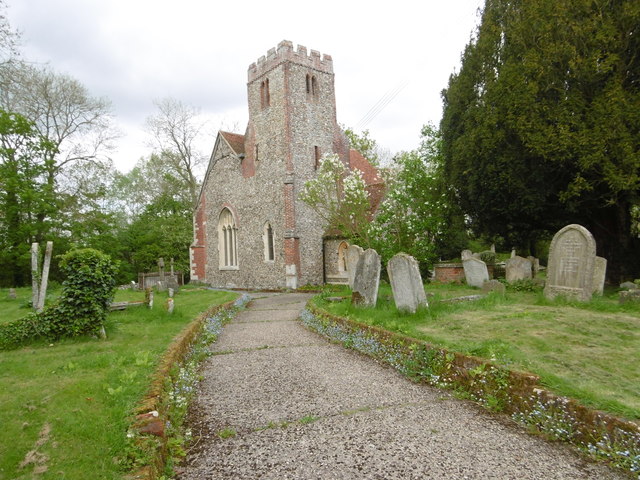
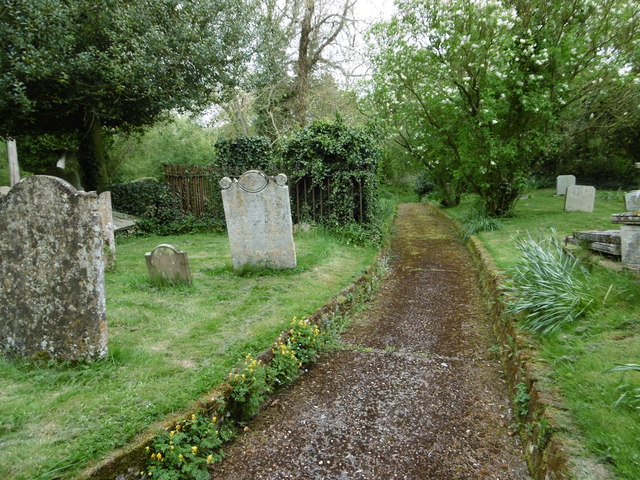
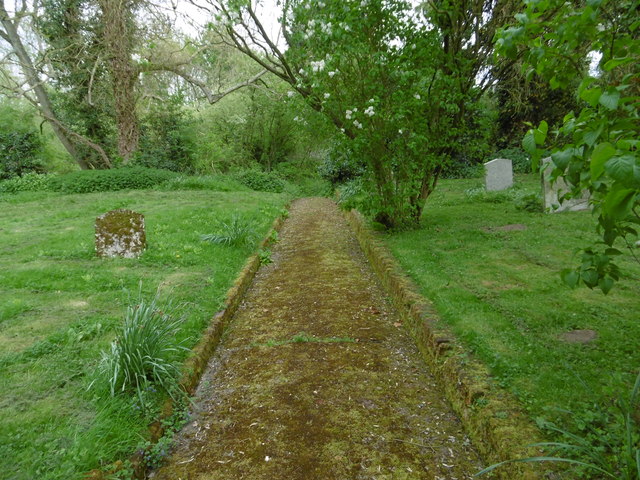
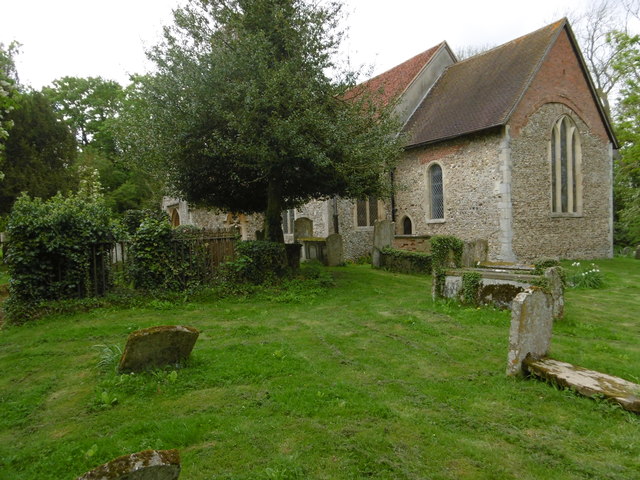
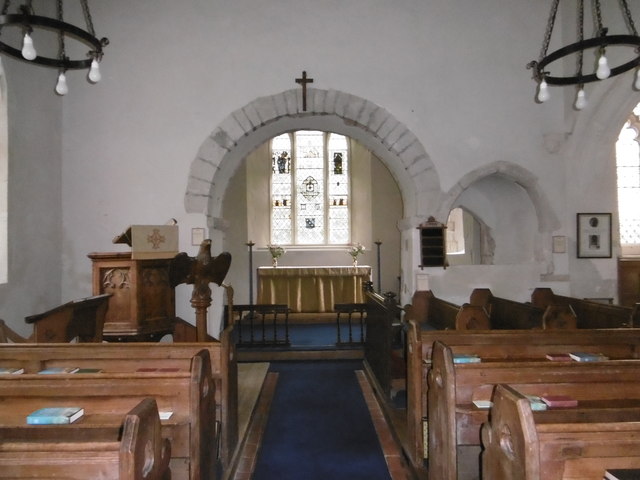


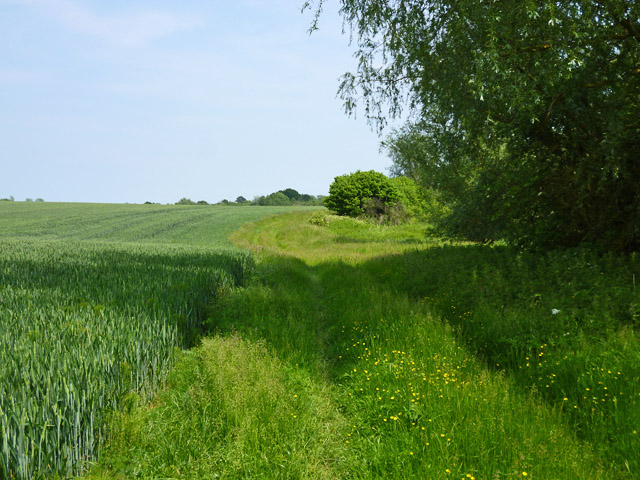
Lindsell is located at Grid Ref: TL6427 (Lat: 51.92256, Lng: 0.389293)
Administrative County: Essex
District: Uttlesford
Police Authority: Essex
What 3 Words
///convey.abolish.workouts. Near Great Bardfield, Essex
Related Wikis
Lindsell
Lindsell is a village and civil parish in the district of Uttlesford in the county of Essex, England. Nearby settlements include the parish hamlets of...
Bustard Green
Bustard Green is a hamlet in the civil parish of Lindsell, and the Uttlesford district of Essex, England, and is just under 1 mile (2 km) north from the...
Holder's Green
Holder's Green is a hamlet near the village of Lindsell, in the Uttlesford district of Essex, England. The hamlet is the site of the Essex Wildlife Trust...
Oxen End
Oxen End is a hamlet on the B1057 road, in the Uttlesford District, in the English county of Essex. It is located a few miles from the village of Great...
Richmond's Green
Richmond's Green or Richmonds Green is a hamlet in the civil parish of Thaxted, and the Uttlesford district of Essex, England. It is 1.5 miles (2 km) miles...
Stebbing
Stebbing is a small village in the Uttlesford district of northern Essex, England. The village is situated north of the ancient Roman road Stane Street...
Bardfield End Green
Bardfield End Green is a hamlet in the Uttlesford district of Essex, England approximately one mile east of Thaxted. It is the home of Thaxted cricket...
Monk Street
Monk Street is a hamlet in the civil parish of Thaxted, in the Uttlesford district of Essex, England. It is 1.5 miles (2.4 km) south of the town of Thaxted...
Nearby Amenities
Located within 500m of 51.92256,0.389293Have you been to Lindsell?
Leave your review of Lindsell below (or comments, questions and feedback).
